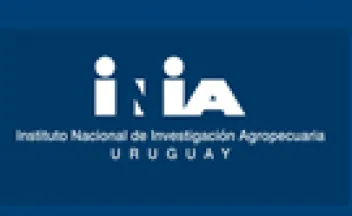Contrasting Expression of Rhizobial Phytase in Nodules of Two Soybean Cultivars Grown Under Low Phosphorus Availability.

ABSTRACT Phosphorus deficiency can be a major limitation to legume growth when plant nitrogen nutrition depends on symbiotic nitrogen fixation. One possible approach to overcome this constraint is the selection of plant and rhizobial genotypes capable of metabolizing complex forms of phosphorus in the nodules. The aim of this research was to study the rhizobial phytase transcript abundance in nodules of two soybean cultivars (Glycine max (L.) Merr.) grown under two different phosphorus conditions in hydroaeroponic conditions.
